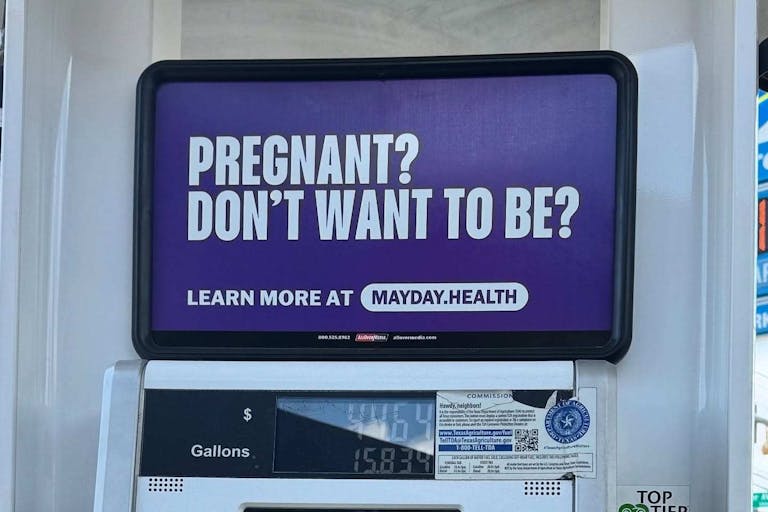
South Dakota sues Mayday Health over gas station abortion ads
Bridget Sielicki
·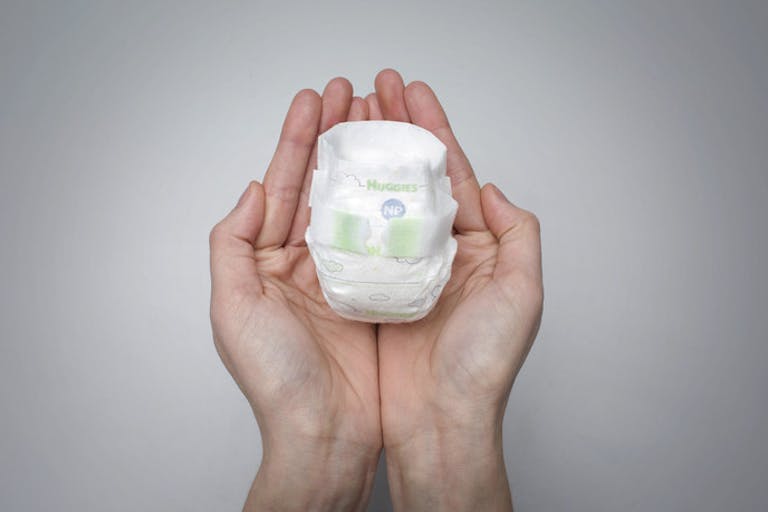
Human Interest·By Nancy Flanders
Huggies announces new line of diapers to help the tiniest premature babies
Approximately 1.4 percent of babies born each year are known as nano preemies, and weigh less than 2 pounds at birth. These babies are at risk for life-threatening complications, and neonatal intensive care doctors and nurses work around the clock to help these little ones. Now Huggies has found a way to bring comfort in an overlooked, but much-needed way.
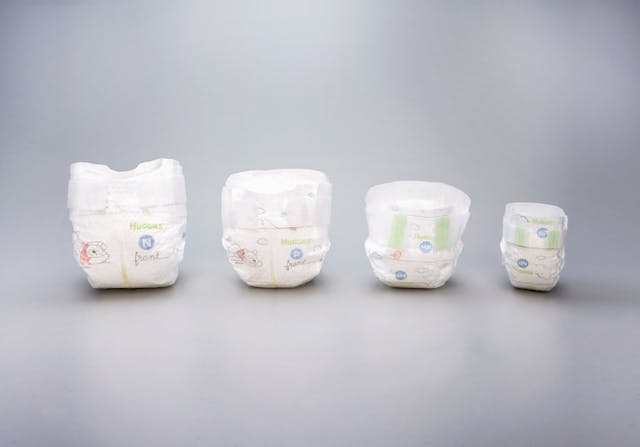
Huggies has launched the No Baby Unhugged initiative by creating a line of diapers specifically made for nano preemies. By working along with NICU nurses and neonatal therapists, the Huggies Little Snugglers Nano Preemie Diapers are designed to fit tiny babies using specially-sized fasteners. The diapers are also designed with a more narrow, flexible, and absorbent pad, allowing the babies to be positioned in a “fetal tuck,” with arms and legs close to the body. The diapers were also designed to protect the extremely fragile skin of preemies.
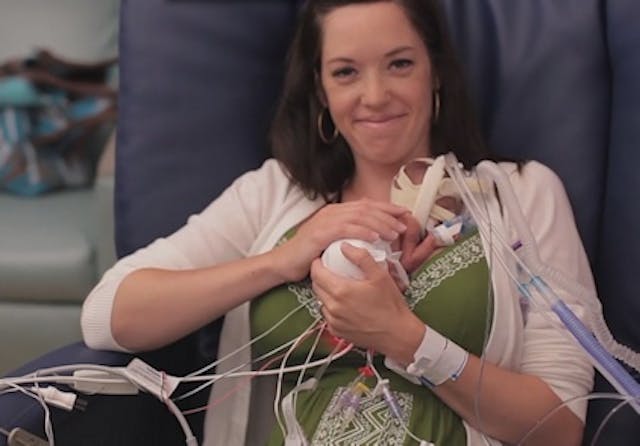
“We’re passionate about helping babies thrive, especially the smallest and most fragile. This Huggies diaper reflects our ongoing commitment to deliver innovative solutions for the NICU,” said Eleonora Daireaux, Vice President of Huggies North America. “After hearing of the need for a diaper that meets the special requirements of these babies, our expert teams in skin science, research, product safety and manufacturing were inspired. Knowing every second counts for these babies, the team acted quickly to bring Huggies Little Snugglers Nano Preemie Diapers from concept to launch in hospitals in just six months.”
CLICK HERE: SIGN THE PETITION TO DEFUND PLANNED PARENTHOOD
The No Baby Unhugged initiative also offers hospital hugger programs to help volunteers fill in for moms and dads who can’t be at the hospital at all times to hold their babies. In addition, Huggies has donated over 200 million diapers and wipes to help babies stay dry and healthy.
A study published in the New England Journal of Medicine in 2015 found that 23 percent of infants are surviving after being born at just 22 weeks gestation, but the study also found that many hospitals deny infants born this young the life-saving treatments they need. With treatment, babies are 18 percent more likely to survive.
Article continues below
Dear Reader,
In 2026, Live Action is heading straight where the battle is fiercest: college campuses.
We have a bold initiative to establish 100 Live Action campus chapters within the next year, and your partnership will make it a success!
Your support today will help train and equip young leaders, bring Live Action’s educational content into academic environments, host on-campus events and debates, and empower students to challenge the pro-abortion status quo with truth and compassion.
Invest in pro-life grassroots outreach and cultural formation with your DOUBLED year-end gift!
Meanwhile, 1.3 percent of abortions occur on babies at 21 weeks gestation and older, the same ages as the babies Huggies has dedicated itself to helping. Live Action’s “What is Human?” investigation shows the cruelty of these late-term abortion procedures.

In the video, notorious late-term abortionist Dr. LeRoy Carhart is seen saying, “[…] life begins when the mother thinks it begins, not when anybody else thinks it begins. For some women, it’s before they conceive; for some women, it’s never. Even after they deliver, it’s still a problem, not a baby.”
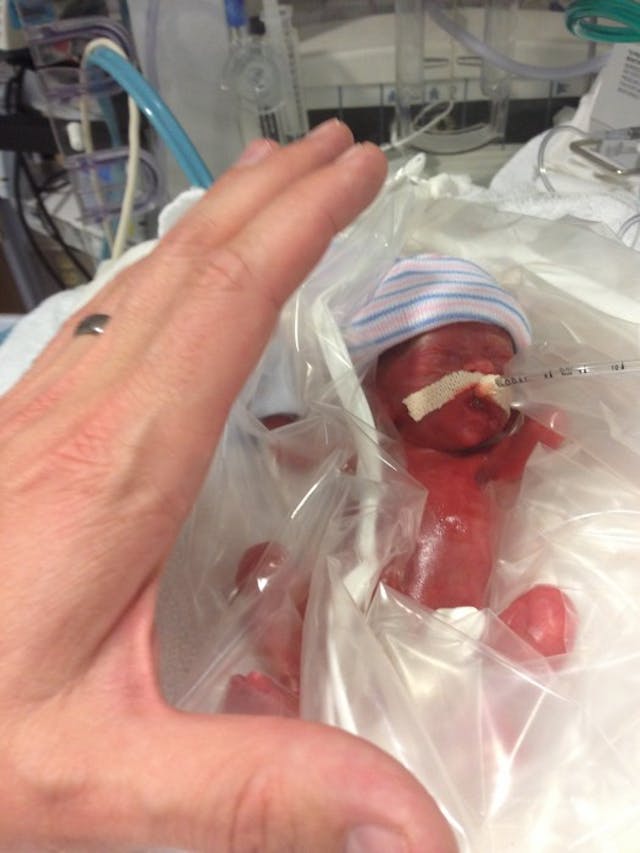
Other abortionists in the video are seen misleading women about how developed their babies are. Children who could survive and thrive outside the womb are killed by procedures that include tearing the child apart limb from torso. Children the same age as those being fought for in neonatal intensive care units across the country are, at the same time, slaughtered in abortion facilities.
Why are some children worth saving at 22 weeks gestation, while others are considered unworthy of life? Science proves that each of these children is a living human being. Therefore, it’s only in how we choose to perceive these lives that we decide to place a value on them. In reality, each of the lives of these preborn children are of equal value. Each of them deserves the right to be born.
Live Action News is pro-life news and commentary from a pro-life perspective.
Contact editor@liveaction.org for questions, corrections, or if you are seeking permission to reprint any Live Action News content.
Guest Articles: To submit a guest article to Live Action News, email editor@liveaction.org with an attached Word document of 800-1000 words. Please also attach any photos relevant to your submission if applicable. If your submission is accepted for publication, you will be notified within three weeks. Guest articles are not compensated (see our Open License Agreement). Thank you for your interest in Live Action News!

Bridget Sielicki
·
Human Interest
Nancy Flanders
·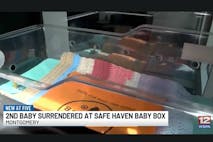
Human Interest
Bridget Sielicki
·
Human Interest
Sheena Rodriguez
·
Human Interest
Angeline Tan
·
Human Interest
Andrea Trudden
·
Politics
Nancy Flanders
·
Human Interest
Nancy Flanders
·
Issues
Nancy Flanders
·
Human Interest
Nancy Flanders
·
Politics
Nancy Flanders
·